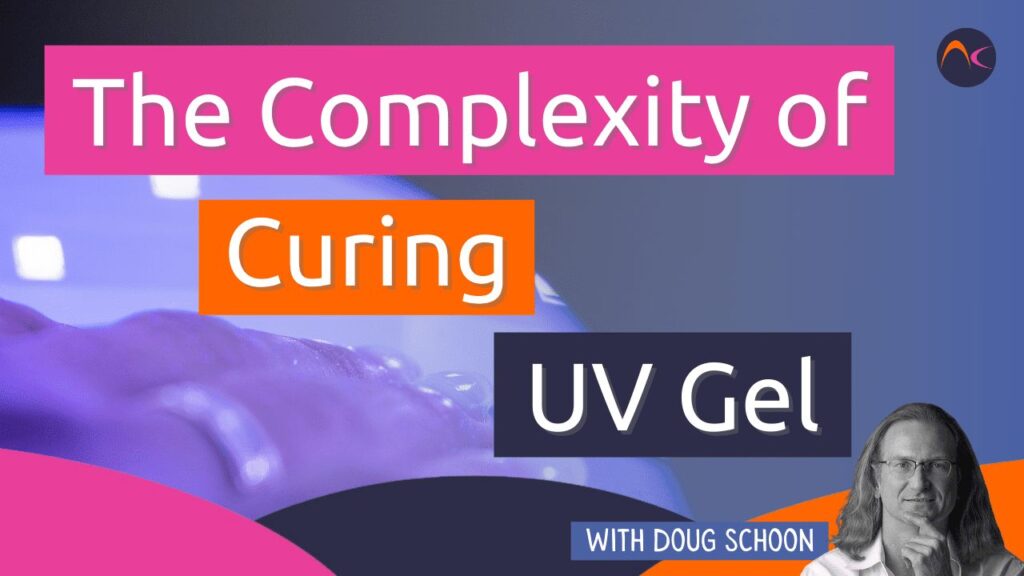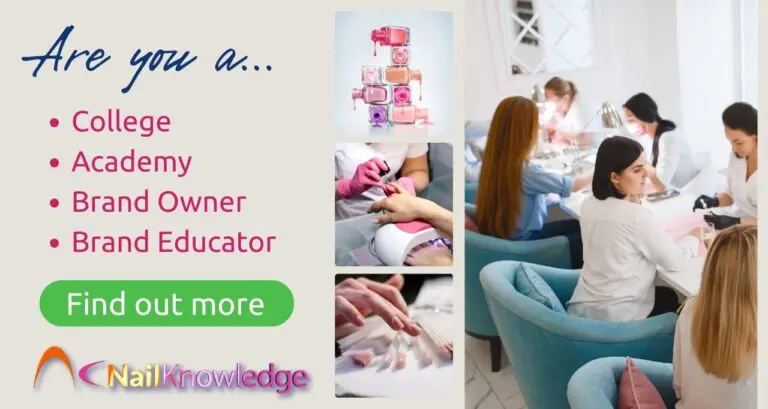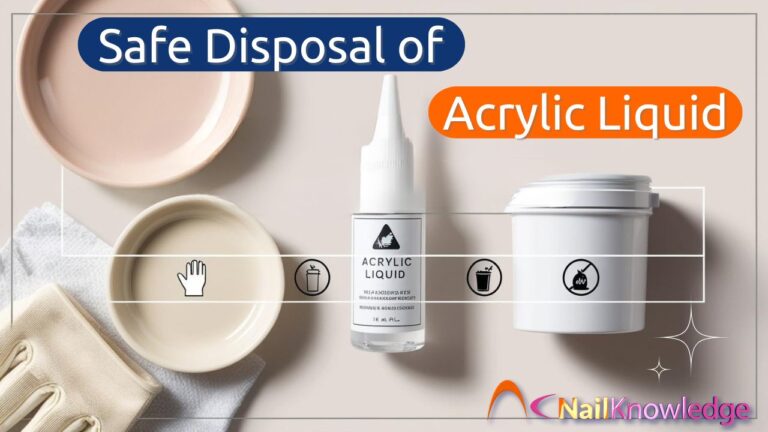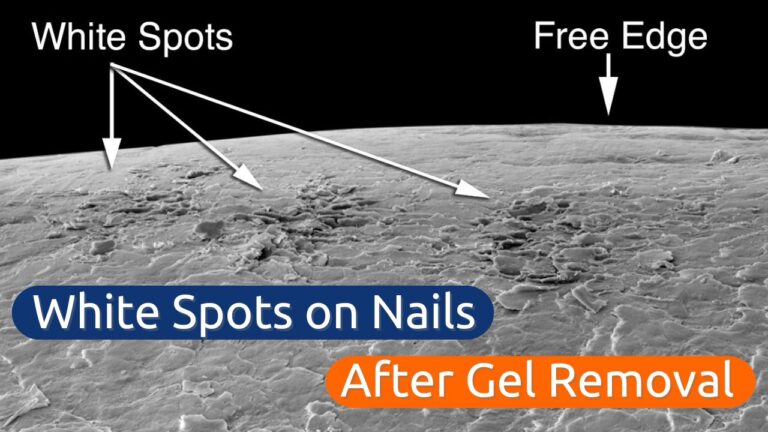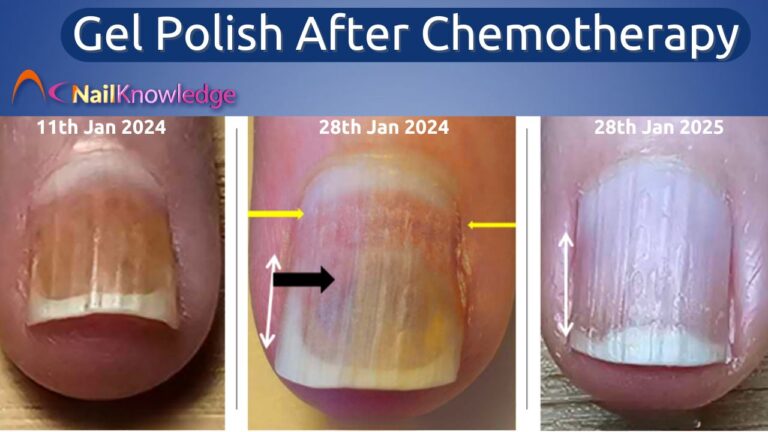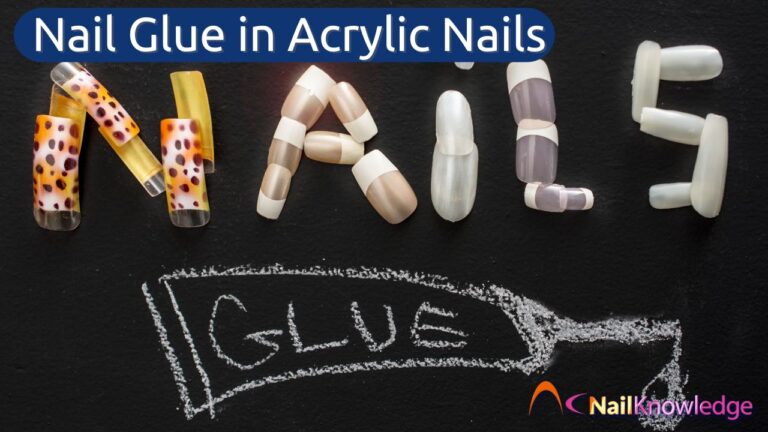Percebi que muitos profissionais de unhas tendem a simplificar demais o UV cura processo para revestimentos de unhas e isso gerou mal-entendidos. Na minha opinião, os revestimentos de unhas curados por UV são os produtos tecnicamente mais sofisticados e complexos do setor de beleza. Muitos subestimam os vários aspectos da cura por UV, inclusive as lâmpadas de unha. Eles não apreciam a quantidade de fatores que influenciam a cura e, em vez disso, simplificam demais tudo, inclusive "potência", que não é tão importante quanto a maioria acredita. Na verdade, se você comprar uma lâmpada apenas por causa da potência, provavelmente ficará desapontado.
Há três tipos de cura para os revestimentos UV para unhas: subcura, sobrecura e cura adequada. Aqui estão algumas informações que você precisa saber para obter a "cura adequada" e evitar as outras possibilidades. A cura NÃO se resume à potência. Não se deixe enganar por aqueles que só querem ver você com um lâmpada para unhas. A potência é o "consumo de energia" e não a "saída de UV". O segundo erro que algumas pessoas cometem é se concentrar na faixa de comprimentos de onda emitidos e é apenas mais uma parte de tudo o que deve ser considerado para garantir um O esmalte em gel curas adequadas.
O que é necessário para uma cura UV adequada?
Em minha opinião científica, a melhor maneira de garantir uma cura adequada é aplicar consistentemente uma camada fina de gel UV com a espessura correta e, em seguida, curar essa camada fina pelo período de tempo adequado, usando uma lâmpada de unha que emita os comprimentos de onda UV corretos necessários para ativar eficientemente os fotointiadores no gel UV. ALÉM DISSO, esses comprimentos de onda não podem ter uma intensidade muito alta nem muito baixa para o produto de cura UV. Uma intensidade muito alta causa cura excessivaA intensidade muito baixa causa subcura.
Além do comprimento de onda e da intensidade, até mesmo o DESIGN da lâmpada é muito importante. Por exemplo, a distância entre os placas de pregos e as lâmpadas fazem uma grande diferença na cura. Mudanças muito pequenas nessa distância podem ter grandes consequências na cura. A maioria das pessoas não pensa nos componentes eletrônicos dentro da lâmpada. Os componentes elétricos acionam as lâmpadas para criar UV. Esses componentes influenciam a intensidade do UV e lâmpadas diferentes têm componentes diferentes. Se as mesmas lâmpadas UV forem usadas em duas marcas diferentes de lâmpadas UV para unhas, as lâmpadas podem produzir intensidades de UV muito diferentes. É importante observar que as lâmpadas UV antigas devem ser substituídas pelo mesmo tipo e modelo de lâmpada UV. As lâmpadas fluorescentes geralmente devem ser trocadas de 2 a 4 vezes por ano, dependendo da frequência com que as lâmpadas de unha são usadas.
Poucos entendem a importância do design da lâmpada de unha na cura. O posicionamento das lâmpadas e até mesmo o tipo de material refletor interno usado são fatores MUITO importantes que influenciam a cura. É por isso que é errado presumir que somente a potência é importante, quando ela é o menos importante dos fatores. O mais confuso de tudo é que muitos são enganados quando os produtos UV endurecem. Eles presumem incorretamente que o endurecimento significa cura adequada, mas, em muitos casos, não é o caso. Os revestimentos UV para unhas endurecem quando curam mais de 50%. Entretanto, para obter as melhores propriedades e evitar causar sensibilidades à pele, esses revestimentos devem ser curados em torno de 90%. Portanto, muitos clientes andam por aí com aprimoramentos mal curados, que são mais propensos a quebra de serviço e mais propensos a causar reações adversas na pele, especialmente para os técnicos de unhas que são repetidamente expostos a produtos parcialmente gel UV curado poeira e limalhas.
Como posso saber se essas informações estão corretas? Passei muitos anos desenvolvendo alguns dos principais produtos UV para unhas do mundo e também sou um dos maiores especialistas científicos em lâmpadas UV para unhas. Esses são os fatos como eu os conheço. Essas informações são importantes porque muitos profissionais de unhas não percebem que muitos de seus problemas de quebra de serviço provavelmente se devem à cura inadequada. A cura inadequada pode causar tudo, desde rachaduras, quebras e estilhaços, elevação, corrosão, descoloração, bolhas e onicose a reações adversas na pele. Em minha opinião, a cura inadequada é uma das principais causas de sensibilidade da pele, produzindo sintomas como vermelhidão, coceira, bolhas de água etc. Esses sintomas são totalmente evitáveis e não ocorreriam se esses revestimentos fossem aplicados e curados adequadamente. Resumindo, não use uma lâmpada UV para unhas (estilo LED ou fluorescente) a menos que seja recomendada pelos fabricantes de produtos de cura UV e sempre cure esses produtos exatamente como indicado.

